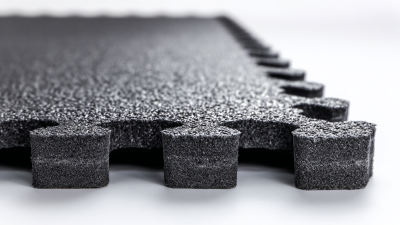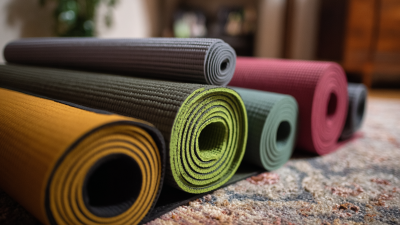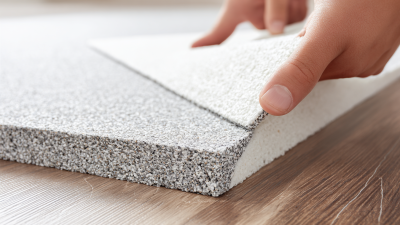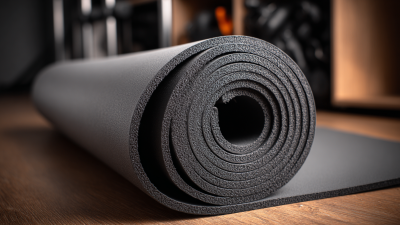In recent years, the popularity of Foam Floor Mats has surged, with the global market expected to reach $1.2 billion by 2025, according to a report by Grand View Research. These versatile mats are increasingly recognized for their cushioning properties, versatility, and ease of maintenance, making them an essential addition to various living spaces. Whether you're looking to create a safe play area for children, a comfortable gym space at home, or simply enhance the aesthetic of your interior, choosing the right Foam Floor Mat can significantly impact your overall experience.
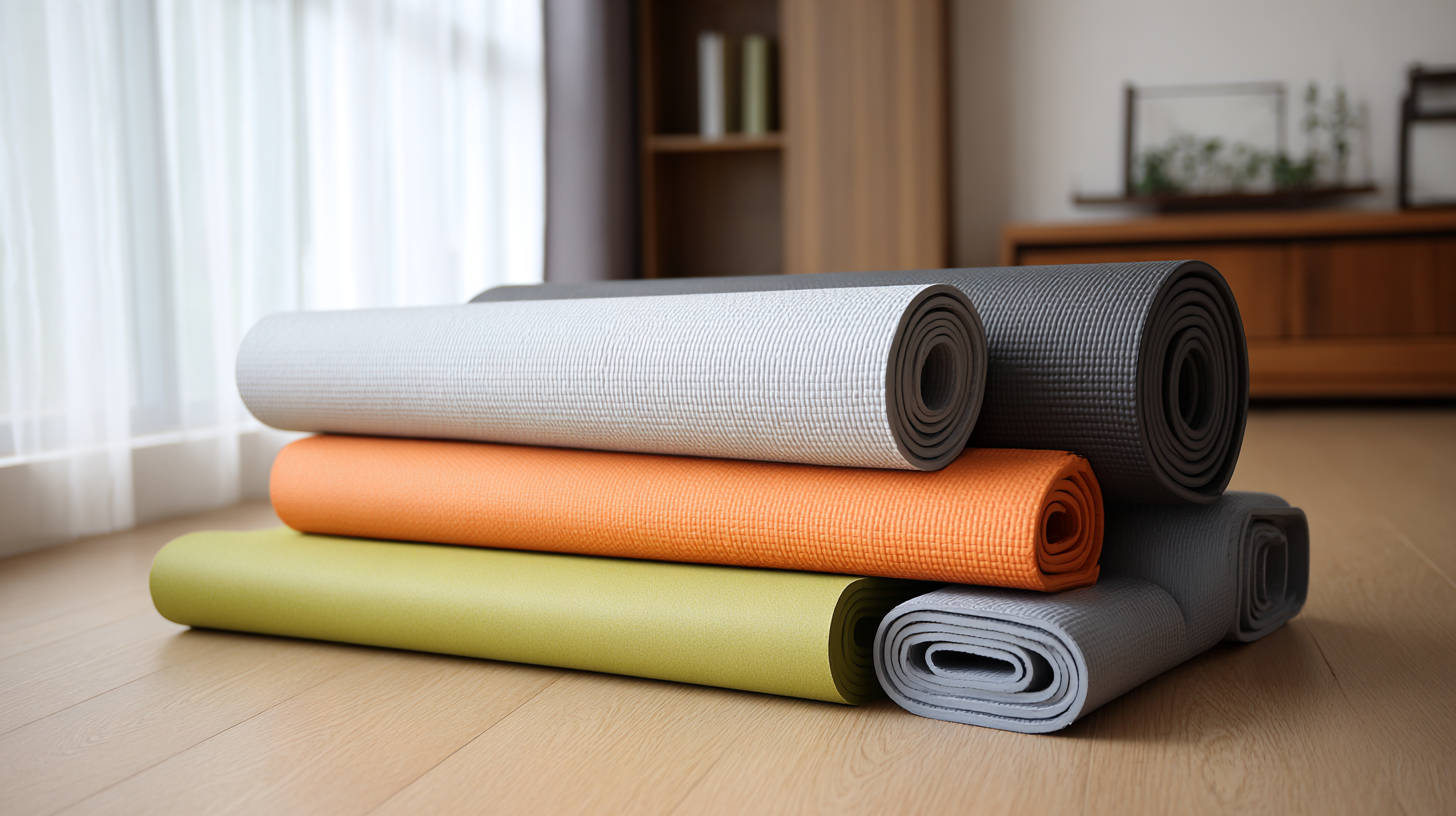
Factors such as material quality, thickness, design, and intended use play a crucial role in selecting the best option to suit your lifestyle. This guide will provide insights and tips to help you make an informed decision when investing in Foam Floor Mats that will enhance both functionality and style in your home.
When selecting the best foam floor mat for your home, it's essential to understand the various types available in the market. Foam floor mats can be categorized into several types, each designed with specific functions in mind. According to a report by the Freedonia Group, the demand for flooring products, including foam mats, is projected to grow by 4.5% annually, which highlights the increasing popularity of these versatile solutions in homes.
Interlocking foam mats, often used in playrooms and gyms, are among the most sought-after types. These mats provide excellent cushioning, making them ideal for high-impact activities. Additionally, EVA (ethylene-vinyl acetate) foam mats are particularly popular for use in workshops and garages due to their durability and resistance to chemical spills. Furthermore, market research by Grand View Research indicates that the home fitness trend has driven significant growth in the foam flooring market, especially for mats that offer both safety and cushioning during workouts. Understanding these different types of foam floor mats can significantly influence your choice based on your specific lifestyle needs.
| Type of Foam Mat | Material | Thickness | Best For | Price Range |
|---|---|---|---|---|
| Interlocking Foam Mats | EVA Foam | 0.5" - 1" | Playrooms, Gyms | $20 - $80 |
| Roll-Out Foam Mats | PU Foam | 0.25" - 2" | Yoga, Exercise | $30 - $150 |
| Plush Foam Mats | Memory Foam | 1" - 3" | Living Rooms, Nurseries | $40 - $200 |
| Waterproof Foam Mats | PVC Foam | 0.5" - 1.5" | Kitchens, Bathrooms | $25 - $100 |
| Eco-Friendly Mats | Natural Rubber | 0.25" - 1" | Sustainable Homes | $30 - $120 |
When choosing the best foam floor mat for your home, it’s essential to consider various factors that align with your home’s design and functionality needs. As the global home decor market is projected to reach a staggering value of $1,097.51 billion by 2032, the demand for high-quality and customizable products continues to rise. This trend is particularly evident in multi-functional and customizable pet beds and furniture, catering to pets of all sizes. With consumers increasingly seeking personalized options, manufacturers are responding with innovative products that enhance both comfort and aesthetics within the home.
Moreover, innovations in home appliances, particularly in central air conditioning systems, highlight the focus on improving user experience. As the market for central air conditioning grows amid accelerated technological advancements, newer models are redefining standards of comfort and efficiency. These advancements mirror shifts in related industries; for instance, the remote work trend has surged the demand for multi-functional office desks and chairs, part of a larger furniture market expected to grow from $8,073.49 million in 2025 to $5,381.90 million by 2033. The alignment of product design with lifestyle needs remains critical in driving market expansion and consumer satisfaction.
When selecting foam floor mats for your home, evaluating thickness and density is crucial for enhancing comfort and safety. Thickness directly influences the level of cushioning the mats provide. Thicker mats tend to offer better shock absorption, making them ideal for high-impact activities or high-traffic areas. For instance, if you plan to use the mats in a playroom for children, choosing a thicker option can help reduce the risk of injury from falls, providing a safer environment for play.
On the other hand, density plays a significant role in the durability and firmness of the mats. High-density foam tends to be more resilient, maintaining its shape over time and better supporting your weight. This is particularly important in spaces where the mats will be subjected to heavy use, such as home gyms or kitchens. A balance between adequate thickness for cushioning and high density for support will result in a mat that not only enhances comfort but also guarantees safety, allowing you to enjoy your space fully while minimizing risks.
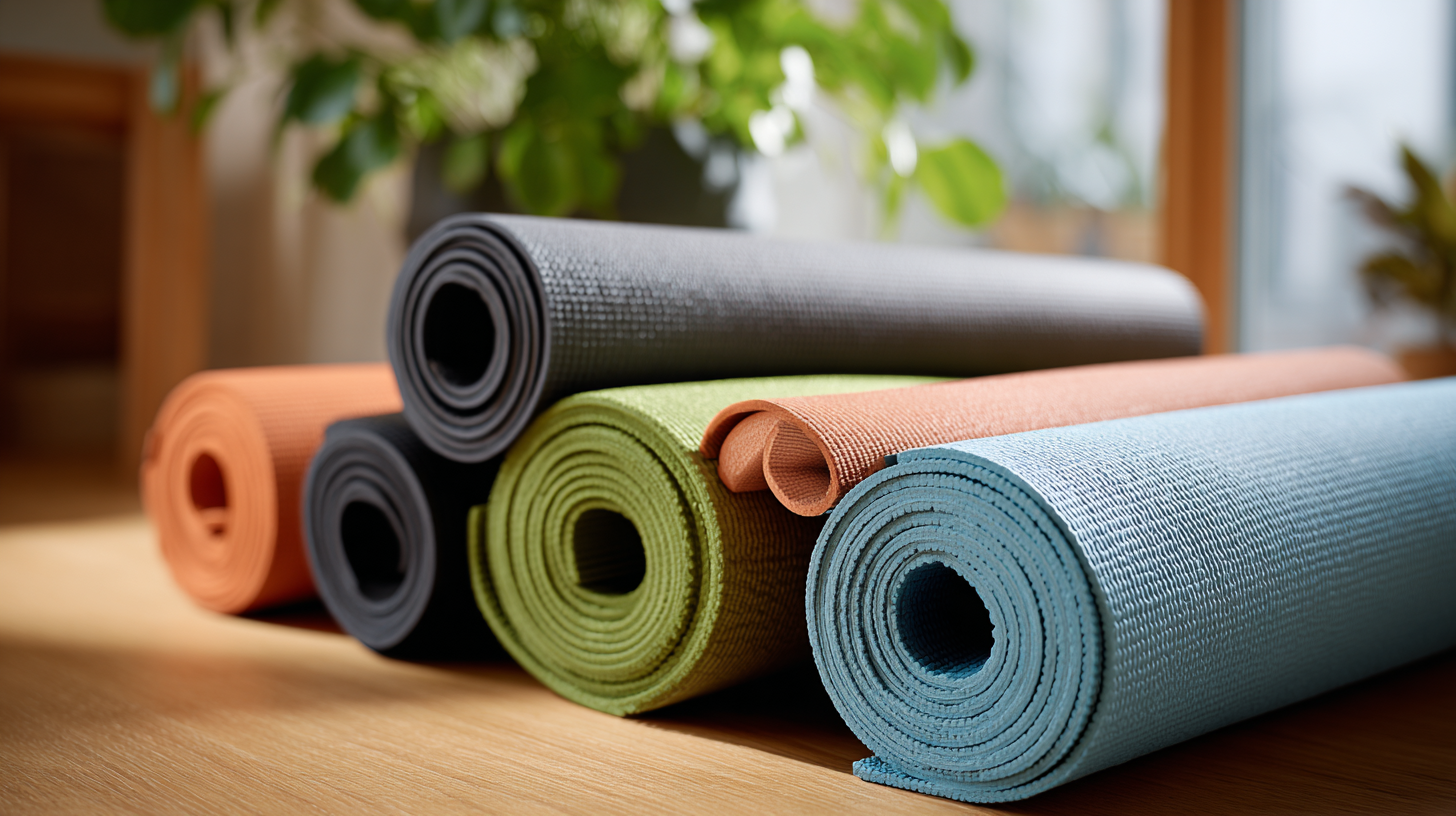
When selecting the ideal foam floor mat for your home, one of the most crucial aspects to consider is material quality. Non-toxic and eco-friendly options are particularly important, as these mats can significantly impact both health and the environment. Many conventional foam mats contain harmful chemicals such as phthalates and formaldehyde, which can off-gas over time and pose risks, especially to children and pets. Therefore, opting for mats made from materials like EVA (ethylene-vinyl acetate) that are certified free from toxic substances ensures a safer environment for your family.
Additionally, eco-friendly foam floor mats are often produced with sustainable manufacturing practices that minimize environmental impact. These mats are usually biodegradable or recyclable at the end of their life cycle, reducing waste in landfills. When shopping for foam mats, look for certifications such as Greenguard or OEKO-TEX, which guarantee that the products meet strict health and environmental standards. By prioritizing non-toxic and eco-friendly materials, you can create a healthy living space while contributing positively to the planet.
When selecting the best foam floor mat for your home, the balance between cost and durability is crucial for long-term satisfaction. According to a report by the Flooring Industry Association, the average lifespan of foam mats can range from 5 to 10 years, depending on the material quality and usage. Higher-density foam, while typically more expensive, often proves to be more resilient against wear and tear, making it a worthwhile investment. On the other hand, cheaper options may save you money upfront but could require frequent replacements, ultimately leading to higher long-term costs.
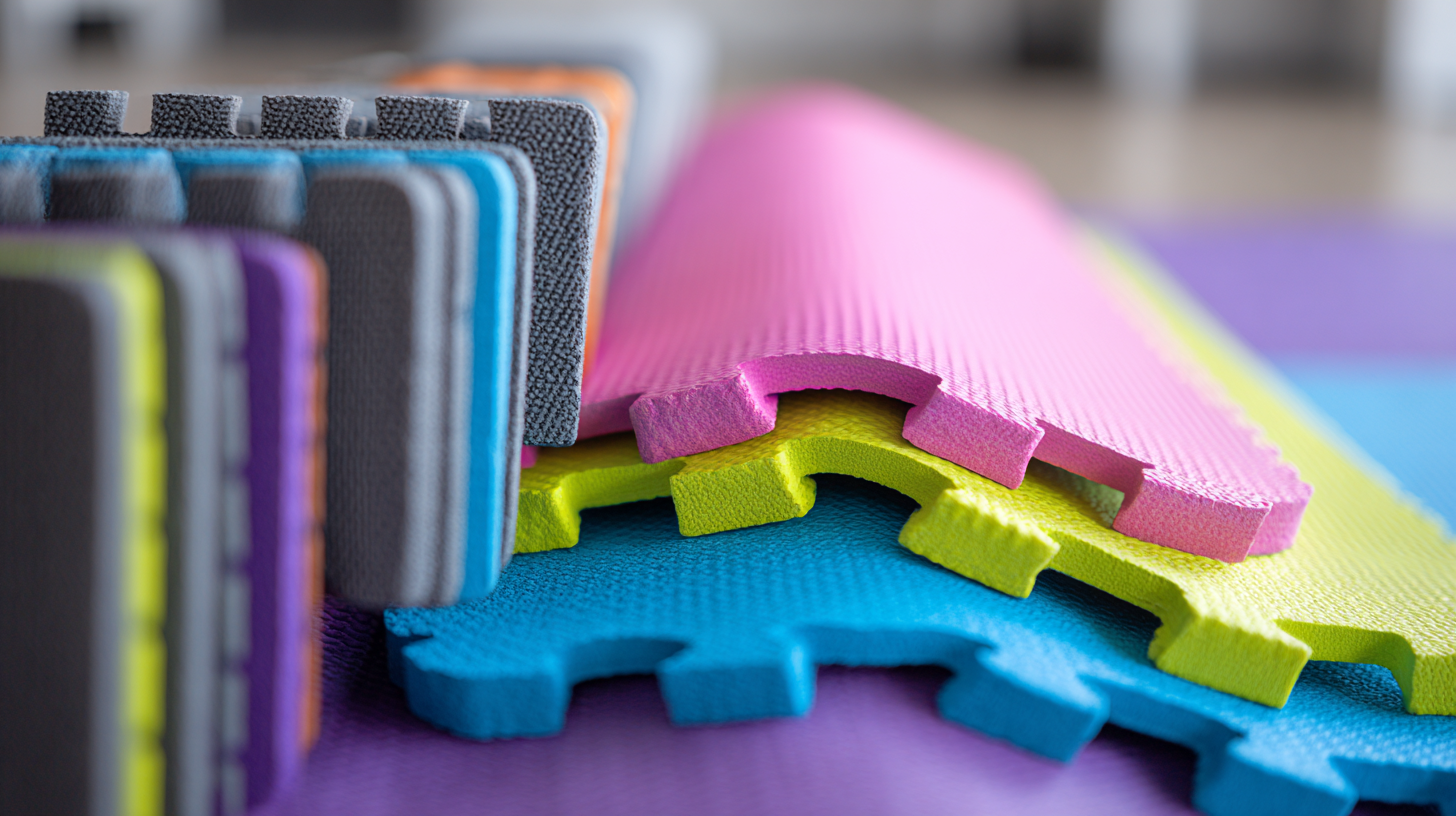
Tip: Assess your specific needs and choose mats that are suited to your activities. For example, if you require mats for high-traffic areas or exercise, opt for thicker, higher-quality foam that can withstand greater stress and provide better support.
Furthermore, consider maintenance when evaluating durability. The easiest foam mats to clean are typically made from closed-cell foam, which resists moisture and stains. A study from the Home Improvement Research Institute suggests that investing in mats with a waterproof surface can significantly extend their life and keep them looking new, further enhancing your overall cost-effectiveness over time.
Tip: Always check product reviews and ratings before making a purchase. They can offer insightful information on durability and user experience that can help guide your decision.
